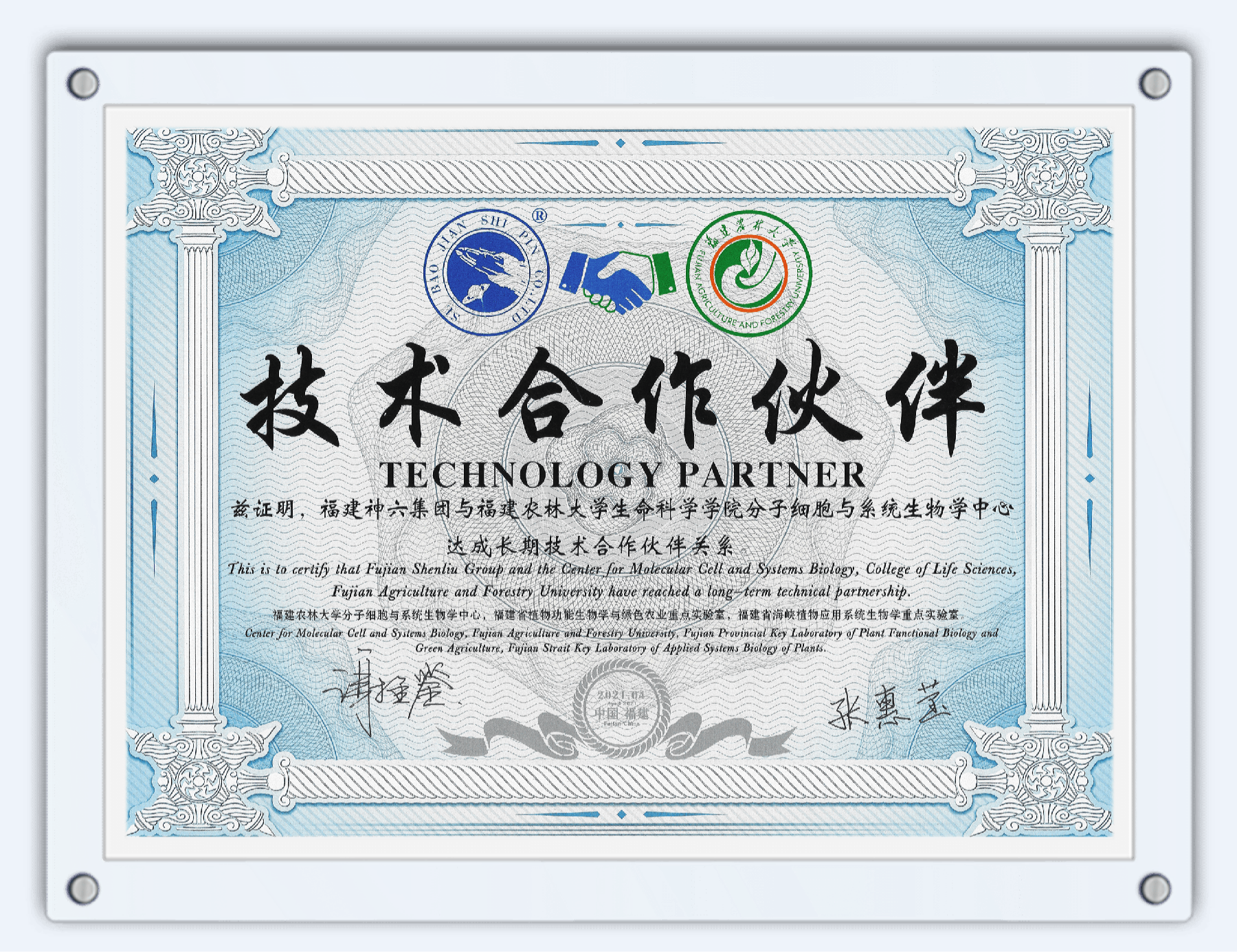Navigation menu
Implementation
The use of plant growth regulators to cultivate microalgae is a viable strategy that has been widely validated[1]. However, plant growth regulators belong to the category of pesticides and need to be used in plant production in strict compliance with the use requirements; excessive dosage can pollute water resources and cause certain effects on the life and health of surrounding organisms.
Innovation Points
In the course of engineering iterations of our project, we found that using media supplemented with ascorbic acid to culture Phaeodactylum tricornutum delta significantly increased its growth rate, lipid content, and fucoxanthin content.
Synthetic ascorbic acid as a pharmaceutical and food additive is far less harmful to animals than other chemical products. Moreover, ascorbic acid is very unstable in the external natural environment and degrades very fast, and it does not cause any pollution to the environment by itself and its degradation products.
In addition, the unit price of synthetic ascorbic acid is lower than that of plant physiological regulators, making it one of the ideal alternatives to plant growth regulators. Therefore, for the factory culture of microalgae, the use of ascorbic acid-added medium can on the one hand increase the yield of microalgae, and also reduce the cost of medium configuration and potential wastewater treatment cost, which can bring more profit to the company.
More: Result
Target Users
Our research results have also been recognized by related companies. China Fujian Shenliu Group tried to use our method to culture Spirulina and Phaeodactylum tricornutum by adding ascorbic acid, and the yield of both microalgae was improved, which proved the feasibility of our new method in practical production.
We plan to contact more microalgae cultivation plants to promote our new cultivation method in the hope that it can bring more profit to the company and contribute to environmental protection.

Fig.1 Technology partnership between China Fujian Shenliu Group and CHINA-FAFU IGEM team and its center
Safety
In the first engineering iteration of our project, we found that culturing microalgae with ascorbic acid increased their lipid content and biomass, but we did not know if some of the intracellular components of the microalgae were altered in some way. The companies and plants we have worked with have also only performed validation of physiological and biochemical indicators.
Therefore, we plan to test the secretion of microalgae in the culture environment and investigate whether microalgae under ascorbic acid culture secrete substances that are harmful to the environment and organisms. To provide scientific theoretical basis and solution for future factory production.
More: Safety
Challenge
Changing the composition of the culture medium to increase the growth rate, lipid and fucoxanthin content of microalgae is a very convenient method to operate, but this does not produce new transgenic engineered algal strains. Our culture method still faces a high cost problem compared to some excellent engineered algae strains. Therefore, our next step is to express the screened genes in Brown Finger algae. We expect to construct an engineered algal strain with higher lipid and fucoxanthin content to further reduce the culture cost of microalgae and bring more profit to the company.
Reference:
[1]Wendy A. Stirk, ,and Johannes van Staden."Potential of phytohormones as a strategy to improve microalgae productivity for biotechnological applications." Biotechnology Advances 44.(2020): doi:10.1016/j.biotechadv.2020.107612.









